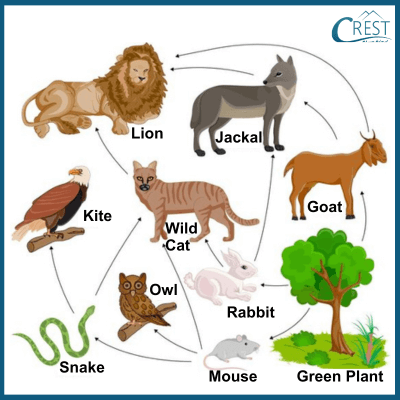Solved Questions on Natural Resources and Their Conservation
1. In the following question, you will find an assertion and a reason. Select the appropriate option that applies.
Assertion: Aeration is a crucial step in wastewater treatment to enhance the growth of aerobic bacteria.
Reason: Aeration helps provide oxygen to the wastewater, which is essential for aerobic bacteria to break down organic contaminants.
a) Both assertion and reason are true and reason is the correct explanation of assertion.
b) Both assertion and reason are true and reason is not the correct explanation of assertion.
c) Assertion is true but reason is false.
d) Assertion is false but reason is true.
Answer: a) Both assertion and reason are true and reason is the correct explanation of assertion.
Aeration is indeed a crucial step in wastewater treatment because it helps provide oxygen to the wastewater. Aerobic bacteria require oxygen to carry out their metabolic activities and break down organic contaminants present in the wastewater. Without sufficient oxygen, these bacteria cannot function efficiently, and the treatment process may not be as effective. Therefore, the reason accurately explains why aeration is essential in wastewater treatment.
2. Select the statements that accurately describe the importance of forests:
I. Forests provide shelter and food for wildlife.
II. Forests prevent soil erosion and help maintain the water table.
III. Forests release carbon dioxide into the atmosphere, contributing to global warming.
IV. Forests supply oxygen and absorb carbon dioxide, helping to mitigate climate change.
Select the correct options:
a) I and II
b) I, II, and III
c) III and IV
d) I, II, and IV
Answer: d) Statements I, II, and IV are correct. Forests are natural habitats for a wide variety of plants and animals. Also, the root systems of trees in forests help bind the soil, preventing erosion caused by water runoff and winds. They also help to reduce the concentration of greenhouse gases, such as carbon dioxide, in the atmosphere and mitigate climate change.
3. Consider the following statements and choose the correct option:
Statement 1: The water table is the underground boundary between the soil surface and the area where groundwater saturates spaces between sediments and cracks in the rock.
Statement 2: The water table remains constant and unaffected by factors such as precipitation and human activities.
a) Statement 1 is correct but statement 2 is incorrect.
b) Statement 1 is incorrect but statement 2 is correct.
c) Both statements are correct.
d) Both statements are incorrect.
Answer: a) Statement 1 is correct. The water table is indeed the underground boundary between the soil surface and the area where spaces between sediments and cracks in the rock are saturated with groundwater. It represents the upper surface of the saturated zone, where all available spaces are filled with water.
However, statement 2 is incorrect. The water table is not constant and is affected by various factors such as precipitation and human activities. Changes in rainfall and human activities like groundwater pumping can cause fluctuations in the water table's level.
4. Consider the food web shown in the picture.

An experiment is conducted to study the effect of removing snakes from this forest ecosystem. What would be a likely observation?
a) The population of owls will increase due to the absence of predators.
b) The number of insects will increase as they have no predators.
c) The population of mice will decrease.
d) The population of trees will decrease due to reduced grazing by herbivores.
Answer: c) Snakes play an essential role in controlling the population of mice which are herbivores and considered prey for many predators. By preying on these small mammals, snakes help regulate their population, preventing it from becoming too large and causing imbalances in the ecosystem. Therefore, if snakes are removed from the forest ecosystem, there would likely be an increase in the population of mice due to the absence of their predators.
5. In an experiment, seeds of the same plant were planted in three different types of soil: sandy soil, clay soil, and loamy soil. Each soil type was watered with the same amount of water every day. After a month, the heights of the plants were measured. What is the likely outcome of the experiment?
a) Plants in sandy soil will be the tallest.
b) Plants in clay soil will be the tallest.
c) Plants in loamy soil will be the tallest.
d) All plants will have the same height.
Answer: c) Loamy soil is a mixture of sand, silt, and clay, providing a balanced combination of good drainage and water retention capabilities. It is considered one of the best types of soil for plant growth as it provides sufficient nutrients, moisture, and air to the roots. The presence of organic matter in loamy soil enhances its fertility, supporting healthy plant growth. Therefore, it is likely that the plants grown in loamy soil will be the tallest compared to those in sandy or clay soil, which may have limitations in water retention or nutrient availability.


